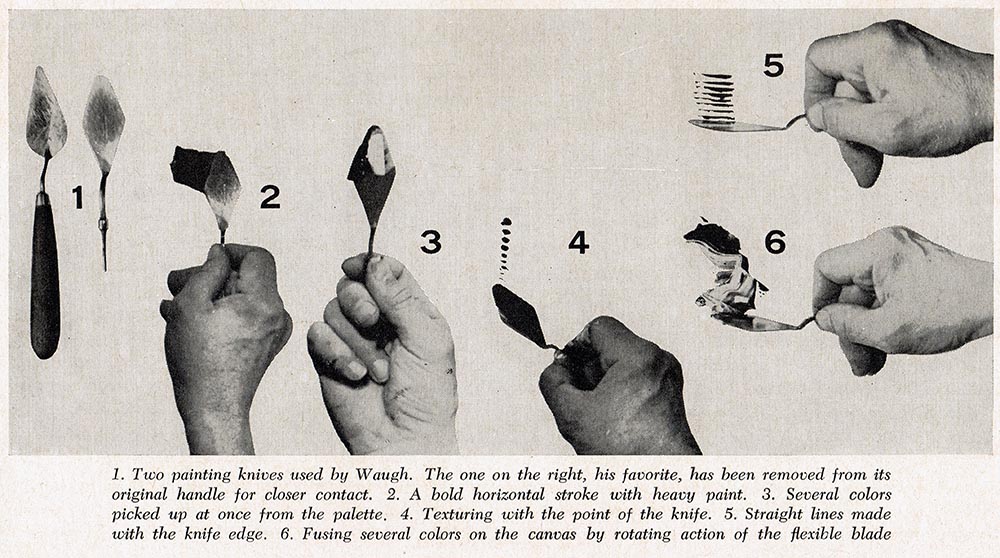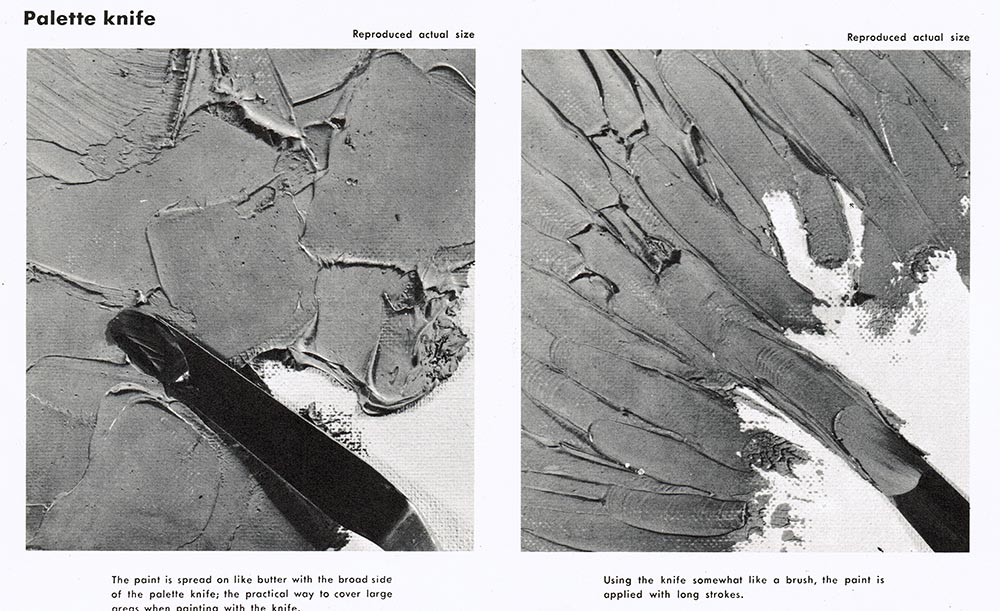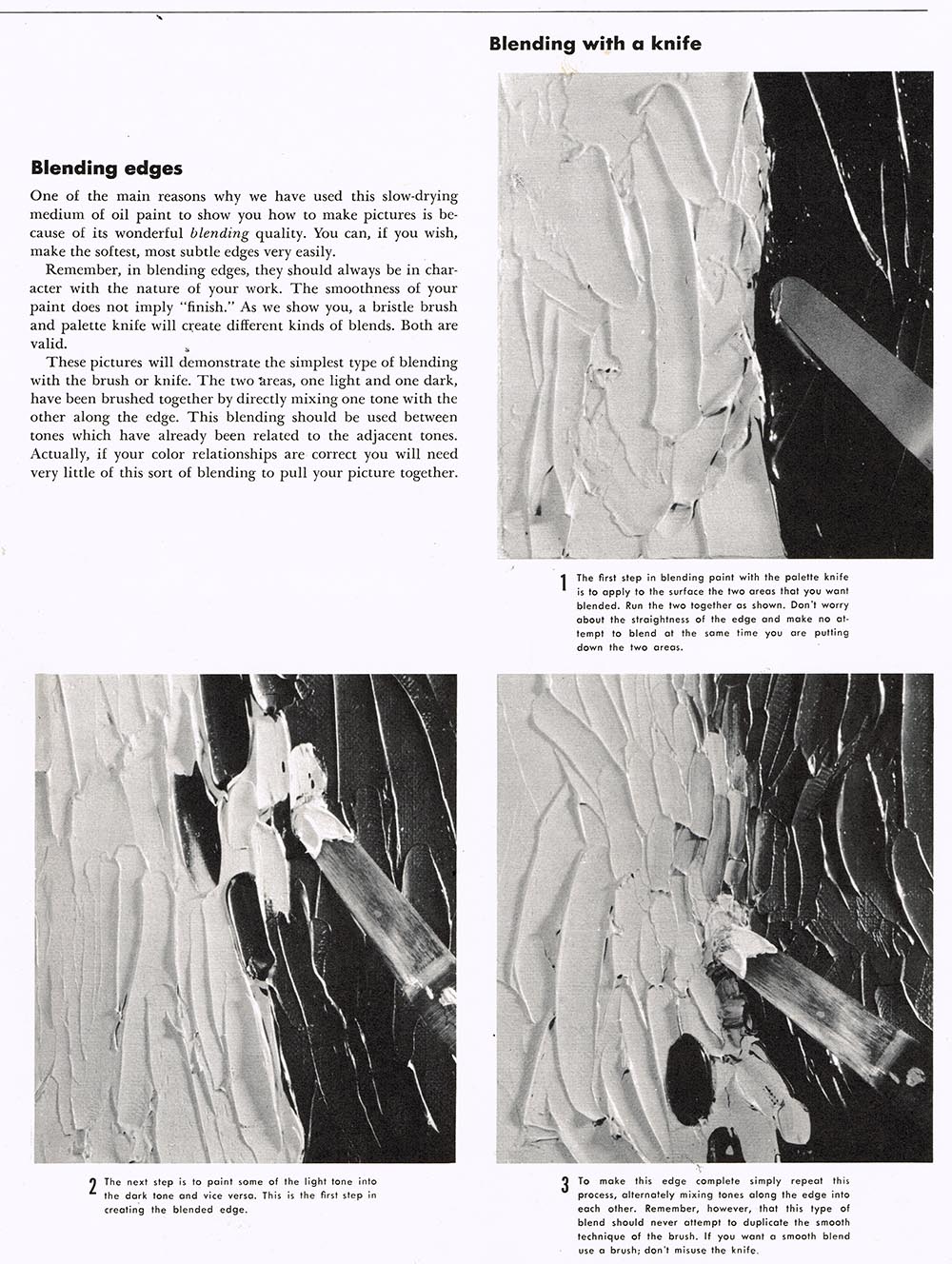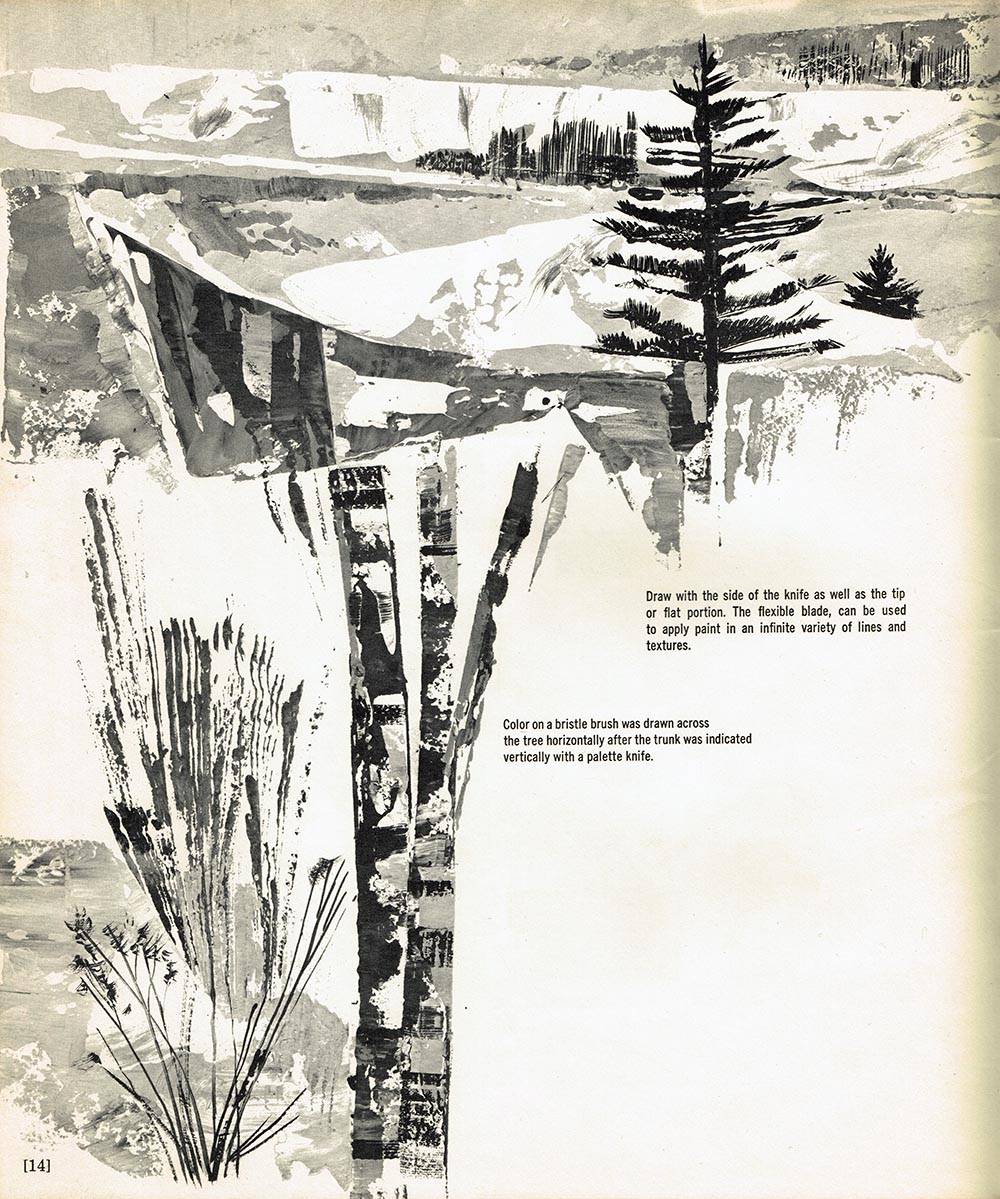Once again this year we will focus on women who are making their mark in three areas that are not considered typical or traditional female professional areas: Science, Technology and Skilled Trades.
Here's a list of who has who:
Alex Emery:
Jackie Trudel "... a second year millwright apprentice with Hamilton Local 1916 Millwright Union."
Alisha Corner:
Corinne Ethier, "Chair, Computer Science Department Mohawk College, Hamilton"
Angel Bond:
Jennifer Ainscow, "Welder at Alumabrite Anodizing Ltd. in Hamilton"
Anthony Rubignoni:
Kathleen E. Conlan, "Research Scientist in marine biology in the antarctic and arctic. Nominated for the Women of Distinction Awards, Technology Category.
Ashley Groote:
Diana Merino, "... is a Genetics and Genome Biology Trainee at the Hospital for Sick Children."
Bethany Heaton:
Janet Ferguson, "Architectural Technologist & Carpenter"
Carlin Taylor:
Derek Robinson:
Marilyn Lomax, "... Shift Chemical Maintainer in the Chemistry department and covers all areas of the Point Lepreau Nuclear Generating Station pertaining to chemistry."
Jessica Ciccarelli:
Lindsaye Akhurst, "Animal Health Technologist with Marine Rescue in Vancouver, BC."
Jessica Hodson:
Roberta Tremain, "... was the first woman to graduate from the Hamilton Institute of Technology (HIT) in 1961. HIT was the predecessor to Mohawk College."
Katleen Moniz:
Winnie Tsang, "Software Development Engineer at Microsoft"
Karen Evans:
Cheryl Jensen, "Cheryl Jensen is Mohawk’s Vice President, Academic. Cheryl was instrumental in the development and launch of Canada’s first Bachelor of Technology collaborative degree program with McMaster University and the award-winning Hydro One – College Consortium. Cheryl also led the $27 million transformation of the Mohawk STARRT Institute for Skilled Trades and Apprenticeship Research, Resources and Training."
Karzan Kadir:
Sonya Pump, "Senior Metallurgical Specialist at ArcelorMittal Dofasco"
Laurissa Mallen:
Megan Waldick:
Kim Bevington, "Acting Captain of the Burlington Fire Department and co-ordinator of Burlington Female Firefighter in Training (B-FFIT) program, a high school program for girls to see what being a firefighter is like."
Michael Hollohan:
Jessica Bobiak, "... currently attending Mohawk for Building Renovations and has been a Realtor for 8 years."
Michael Schnittker:
Nicolas Miranda:
Denise Serafin, "CADD Specialist, Region of Halton/Mohawk College/Oakville/Hamilton"
Nichole Parks:
Christine Mann, "Waterloo sound and lighting technician, organizes concerts and conventions setting up lights, wiring, cameras and stages."
Rebecca Cranston:
Jamie McMillan, "an ironworker from Hamilton, Ontario, decided she wanted to help other women in the trades through support and mentorship. Journeyman was born and is now an initiative of Canada’s Building Trades Unions."
Rielle Samonte:
Corina Chang, "Mechanical Engineer"
Reynold Viquiera:
Robbie Daigneault:
Dr. Samantha Nutt, "... is a physician with more than sixteen years of experience working in war zones. She is founder and Executive Director of War Child Canada."
Russell Mccalman:
Jad Popovic, "Recently retired, Jad was previously with Atomic Energy of Canada Ltd at Sheridan Park for 33 years. During her time there, she was involved with Control Engineering and training of the technical staff."
Sarah Johnson:
Julie Payette, "... is a Canadian engineer and astronaut. Payette has completed two spaceflights, STS-96 and STS-127, logging more than 25 days in space. She served as Chief Astronaut for the CSA, and has served in other roles for both NASA and CSA, such as CAPCOM."
Shanna O'Shea:
Dr. Mary Wells, "... is a Mechanical and Mechatronics Engineering professor at Waterloo University. She is also chair of the Waterloo Engineering Women in Engineering (WiE) committee where she helps to encourage women to consider the engineering profession."
Sidney Riley:
Heidi Tillmanns-Vola, "Environmental Graphic Designer"
Sura Wissam:
Thi Thanh Truc Ngo:
Tracy MacPherson, "Technology Resource Development Specialist, Dofasco Arcellormittal"
Victoria Hozjan:
Wesley Philpott:
Meg Smith, "Web / Graphic Designer at FACTOR[e], an innovative design company working in the fields of web, print, branding and interactive media."




